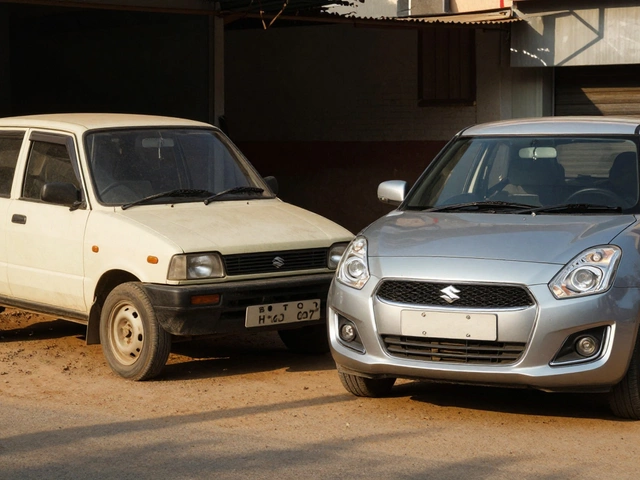Best-Selling Items: What Drives Success and Profit
When talking about best selling items, products that consistently top sales charts across markets. Also known as top‑selling products, they reflect consumer preferences, price balance, and supply chain efficiency.
One key to spotting these winners is understanding top‑selling product trends, the shifting patterns in consumer buying across categories like electronics, apparel, and food. For example, smartphones dominate global sales, while sustainable fabrics gain traction in India. These trends shape where new manufacturers should focus their resources.
Another crucial piece is market demand analysis, the study of how consumer interest fluctuates with season, price, and tech advancements. A strong demand signal often follows a spike in online searches, social media buzz, and retailer stock outs. This analysis helps firms decide which product lines merit scaling.
Profitability ties directly to manufacturing cost insights, data on equipment, labor, and material expenses that impact the bottom line. Overproduction, the biggest waste in many startups, can erode margins, while lean processes boost the profit margin of best‑selling items. Knowing the cost structure lets you price competitively without sacrificing profit.
Why Tracking Best‑Selling Items Matters
Combining trend spotting, demand analysis, and cost insight creates a practical playbook for anyone aiming to launch or expand a product line. Below you’ll find articles that break down startup costs, highlight the top-selling smartphone, compare manufacturing hubs, and reveal the most profitable flips of 2025. Dive in to see how each piece fits into the bigger picture of turning a good product into a best‑selling one.
Top Trending Products Consumers Are Buying in 2025
Discover the product categories Australians are buying most in 2025, why they matter for manufacturers, and how startups can turn these trends into profitable ventures.
Read More




